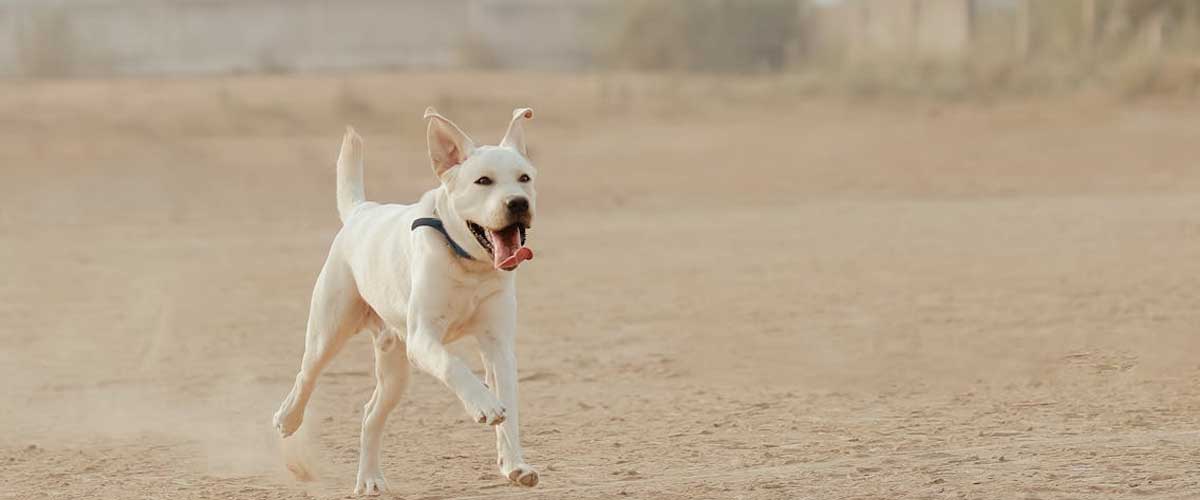Dogs are often referred to as “man’s best friend,” providing companionship and joy to their owners throughout their lives.
However, one common challenge that many dog owners experience is managing their pet’s energy levels, particularly during the early years.
Understanding at what age dogs typically calm down can help guide training, expectations, and lifestyle choices for both the dog and the owner.
The Puppy Phase (0-6 Months)
During their first six months, puppies are typically bursting with energy.
This stage is marked by curiosity, playfulness, and sometimes, a bit of mischief.
Puppies are learning about the world, and their natural instinct is to explore.
They often display hyperactive behavior, including jumping, chewing, and incessant playing.
While this is a critical developmental period for socialization and training, it can be overwhelming for new dog owners.
Adolescence (6 Months – 2 Years)
Around six months, dogs enter adolescence, a phase that can be even more challenging than puppyhood.
During this time, they undergo significant physical and behavioral changes as they reach sexual maturity.
Owners may notice increased independence, stubbornness, and a tendency to test boundaries.
Breeds also play a significant role in this phase; some breeds remain more energetic for longer due to their innate characteristics.
For many dogs, this adolescent phase can last up to two years, although smaller breeds may reach maturity quicker than larger breeds.
Training, consistent routines, and sufficient exercise become essential during this tumultuous time.
Young Adulthood (2-3 Years)
As dogs reach the ages of two to three, many begin to settle down.
By this age, a significant number of dogs start to show a decrease in hyperactivity and impulsiveness.
While high-energy breeds may take a bit longer to reach a calmer state, most dogs will begin to display more mature behavior.
They will often still enjoy playtime and exercise but may not require the same intensity or frequency as they did in their younger years.
Factors Influencing a Dog’s Energy Level
While age is a major factor in a dog’s energy levels, it’s important to note that several other elements can influence behavior:
1. Breed:
Some breeds are naturally more energetic than others.
Working breeds often retain high energy levels longer than more laid-back breeds.
2. Training:
Consistent, positive reinforcement training can help shape behavior and encourage calmness.
Teaching commands and tricks can also engage dogs mentally, providing an outlet for excess energy.
3. Exercise:
Regular physical and mental stimulation is crucial during all stages of a dog’s life.
Engaging in daily walks, play dates, or dog sports can significantly reduce hyperactivity.
4. Environment:
A stable, calm home environment can influence a dog’s demeanor.
Offering them a safe space, along with regular routines, can greatly reduce anxiety-driven hyperactivity.
5. Health:
Any underlying health issues can impact a dog’s energy levels.
Regular check-ups with a veterinarian can ensure that your dog is healthy and address any possible concerns.
Conclusion
While most dogs typically begin to calm down between the ages of two and three, various factors can influence this timeline.
Owners must remember that patience, consistent training, and ample exercise are key in guiding their furry friends toward a calmer demeanor.
Every dog is unique, so while some may mature faster, others may keep their playful spirit longer.
Understanding these nuances can help enhance the bond between dog and owner, leading to a fulfilling and happy companionship.












